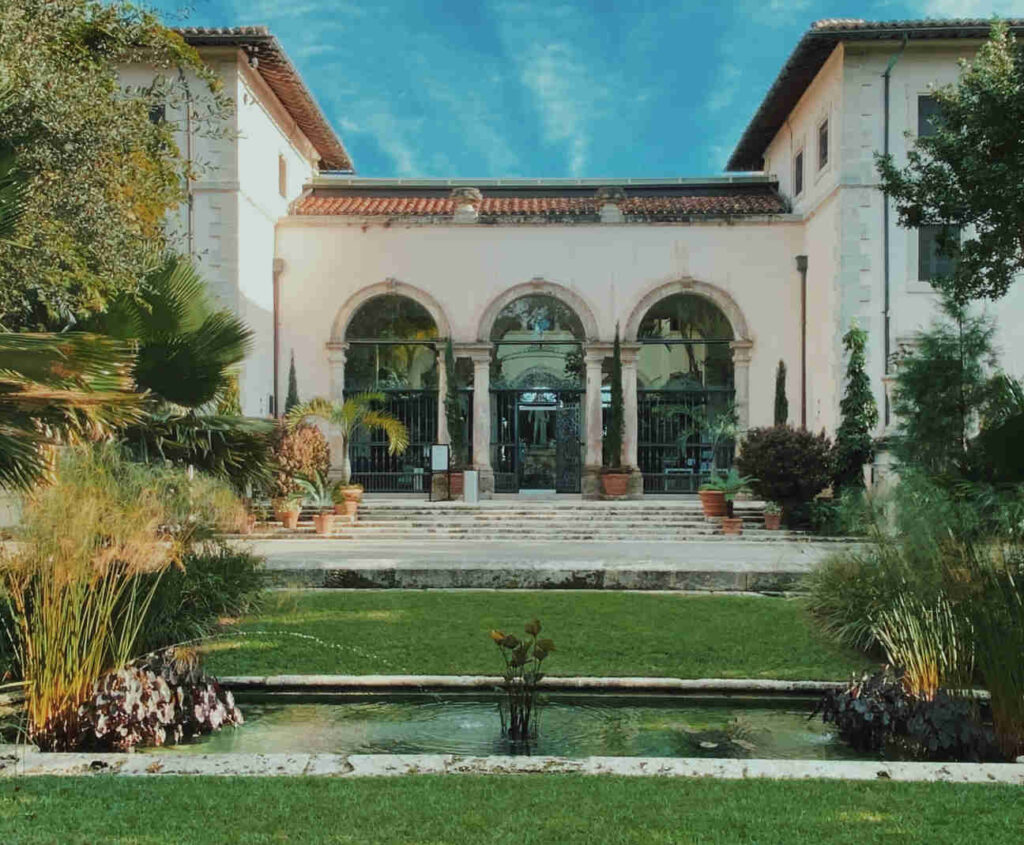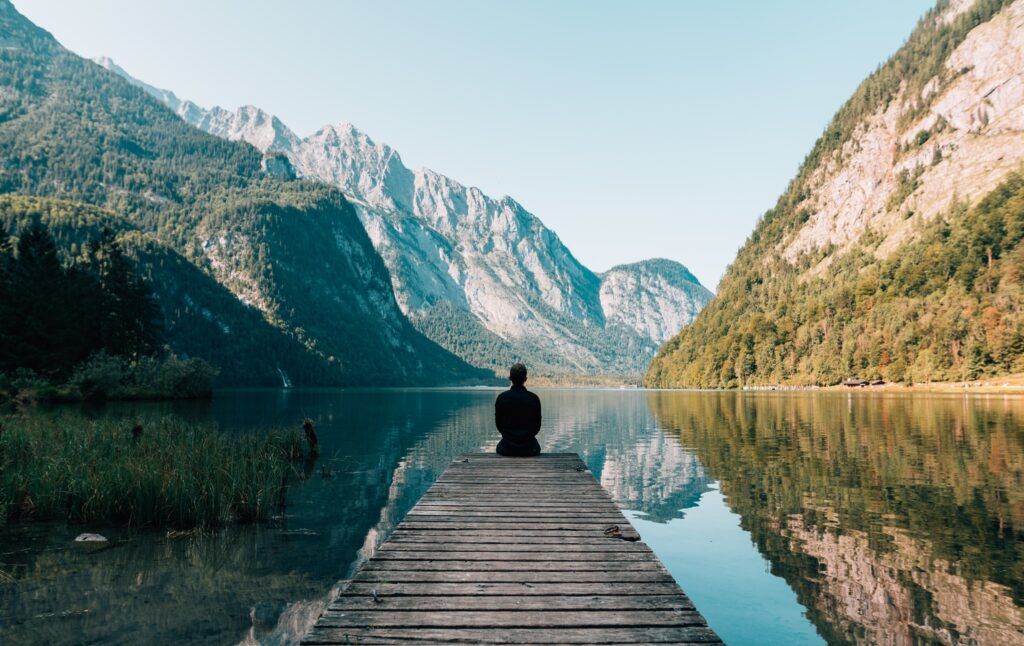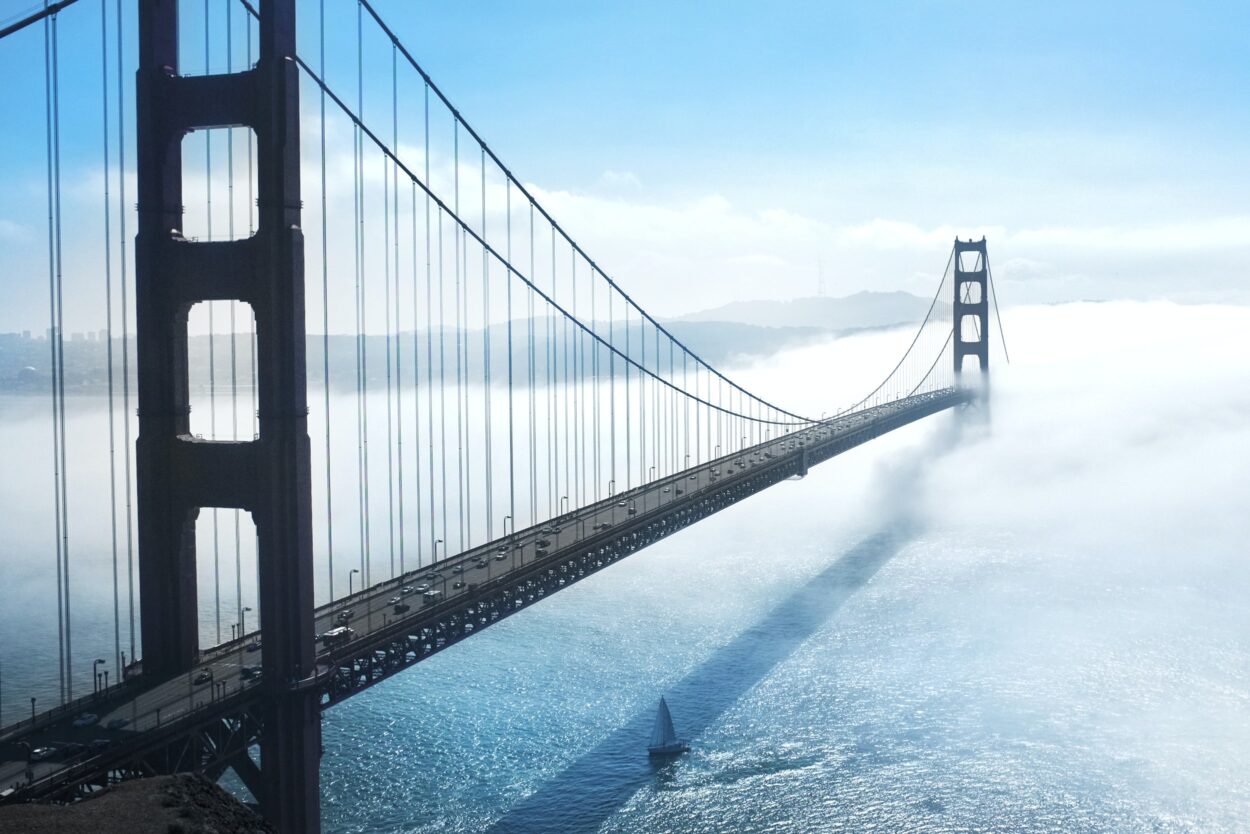The climate is changing, partly due to tourism. 8% of global emissions can be attributed to tourism, and the trend is rising (UBA, 2020, UNWTO, 2019). There is no doubt that the majority of this is due to transport. But does this mean that only airlines and other mobility service providers are obliged to do something? What climate protection measures are there in tourism? What can hotels, tour operators and destinations do?
We have compiled 40 valuable climate protection measures.
Contents:
- 11 Climate protection measures for tour operators
- 11 measures for climate protection in the hotel industry
- 11 quick wins for every tourism company
- 9 Measures for climate protection in destinations
11 Climate protection measures for tour operators
Tour operators have enormous leverage over both supply and demand. On the one hand, they determine which services they bundle into a package holiday offer and thus influence local agencies, hotels, coach companies, etc. On the other hand, they can influence the market with their package holiday offers and sensitise travellers to change their behaviour. On the other hand, they can influence the market with their package tour offers and sensitise travellers to change their behaviour. In this way, tour operators can implement climate protection measures in tourism:
Arrival and on-site mobility
- Offer arrival and departure options by land and water. The journey is the destination. In many places around the world, there are excellent rail and bus networks, which are also preferred by travellers over air travel. Read more about reasons and strategies for climate protection in tourism in our blog article Climate protection in tourism: 4 strategies that help along the way.
- Choose public transport. This not only reduces your footprint, but also enables authentic and honest encounters with the local population.
- Avoid domestic flights, as these are the most harmful to the climate.
Product design
- Especially when travelling long distances, plan longer stays on site to reduce CO2 emissions per day.
- Fill up the group size to ensure full capacity utilisation, e.g. for vehicles. If full capacity utilisation cannot be achieved, order smaller vehicles if necessary.
- Eliminate climate-damaging product components such as sightseeing flights with helicopters. Offer similarly exciting adventure modules instead.
- Price offsetting (at a certain percentage or in full) directly into the product or offer your customers voluntary offsetting payments.
- Choose climate-friendly accommodation run by local operators who offer regional products and food.
- Provide your customers with a packing list and advise them to take a sleeping bag, towel and reusable water bottle as well as cutlery and crockery with them, for example, to avoid long journeys with disposable crockery.
Tour guide
- Enable the tour guide to travel by land and water. Compensate for the environmental impact of the trip or actively communicate the possibility of 50%-50% compensation.
- Explicitly recommend environmentally and climate-friendly options to your group, e.g. when buying local instead of imported products and food or when using your own equipment (e.g. drinking bottle, cutlery).
You will find further climate protection quick wins for every tourism company here.

11 measures for climate protection in the hotel industry
Climate protection also offers hotels in particular major cost-saving benefits, which also has a positive effect on the preservation of the environment and the attractiveness of tourism. What climate protection measures can hotels take in tourism?
Guest room
- Thermostats with window-open detection automatically turn down the heating as soon as the window is open. This not only saves emissions, but also money.
- Don't cover windows unnecessarily with large curtains and drapes so that daylight is optimally utilised and light energy is saved.
- Minibars account for up to 10% of a hotel's total energy consumption. The costs of operating them are therefore often not amortised. Install one refrigerator per floor or building and thus save energy and costs.
- Use power strips to which all or the main part of the appliances are connected. Always switch these off when the room is not in use.
- Only change the guest's bed linen and towels at their express request. If possible, use washing lines instead of electric dryers.
Gastronomy
- Use durable and repairable appliances in the kitchen with high energy efficiency classes.
- Use fresh food, e.g. seasonal vegetables from the region. Imported goods and frozen products cause tens of times more CO2 emissions.
- Check the cooling temperatures of fridges and freezers in the kitchen. For every 1°C lower cooling temperature, 4-6% more energy is consumed. (Energy saving sheet, 2014)
- Utilise cold rooms efficiently. Defrost at regular intervals. Do not obstruct the ventilation openings and close the doors carefully when cooling.
- Pay attention to the water used when cooking. Heating cold water and evaporation are particularly energy-intensive processes. With just one unused litre of water per day, CO2 emissions amount to 25 kg of CO2 per year. Descale the appliances regularly to maintain their performance.
- Use the residual heat from ovens and lids when cooking to make optimum use of energy.
You will find further climate protection quick wins for every tourism company here.
[glossary_exclude]Methods and best practice for sustainability in your mailbox


11 quick wins for every tourism company
In addition to tour operators and accommodation providers, there are a large number of other tourism service providers. These include agencies, travel agencies, mobility service providers, catering businesses, cultural institutions, etc. They can implement climate protection in tourism quickly and effectively with the following measures:
Marketing and communication
- Provide internal (to employees) and external (to suppliers, partners, customers, population) information on sustainability and climate friendliness.
- Send booking confirmations, invoices and further information digitally or set up an option for customers to choose how they want to be notified.
- Minimise the mailing of marketing materials such as brochures or catalogues. Use digital alternatives, e.g. apps or online catalogues. In this way, you can significantly reduce the climate impact of postage.
Building
- Refurbish buildings for high energy efficiency performance and thus cost and emission savings.
- Check the purchase of renewable energies such as geothermal energy or photovoltaics.
- Check the dishwasher and washing machine, set them to energy-saving mode and only switch them on when they are full.
Offer design
- Label climate-friendly offers explicitly as such.
Management
- Use climate-friendly online tools and look for low-CO2 solutions from servers and hosting service providers.
- Pay attention to regional and climate-friendly procurement of products and services. Promote regional partnerships, e.g. job tickets for climate-friendly mobility by public transport.
- Accommodate employees at the office location or your guests by building or floor. This allows you to save electricity in unused areas of the building, e.g. for heating, ventilation and lighting.
- Lower the temperature in corridors and stairwells.

9 Measures for climate protection in destinations
We recommend that destinations orientate themselves on existing national or regional climate protection strategies. Based on this, destinations can derive their contribution and define appropriate climate protection measures. An analysis of the location, existing offers for climate friendliness and the individual service providers should also be carried out in advance. These measures help destinations to implement climate protection in tourism:
Arrival and on-site mobility
- Bring together partners such as the transport association and transport authorities, state and local politicians and tourism stakeholders. Work together on a networked, climate- and user-friendly mobility concept, e.g. by linking hiking and cycling trails with public transport.
- Rely on intelligent and user-friendly traffic information systems. Ultimately, this helps to optimise the use of existing infrastructures, network modes of transport, improve traffic flow and shorten distances (e.g. searching for parking spaces).
- Set specific incentives to reduce car traffic. Higher parking fees or a shortage of parking space can reduce car traffic, but should be subject to the provision of functioning alternative modes of transport.
- Optimise local travel chains by having neighbouring transport networks work together and ensure connections even in regions with weak infrastructure.
- Develop new mobility services that are increasingly in demand, e.g. through cooperation with bike hire systems, car sharing models, etc.
- Install regenerative charging infrastructure and attractive parking facilities for bikes. This will help to motivate travellers and employees to use climate-friendly means of transport.
Offer design
- Bundle new offers together with climate-friendly tourism providers. Label them prominently. If necessary, work together across destinations to increase the attractiveness of the offers accordingly.
- Reduce climate-negative activities. Gradually replace these with more climate-friendly alternatives, e.g. non-motorised activities.
- Offer added value for customers to use more climate-friendly mobility and offers, e.g. guest cards, paddle boats, (free) bike hire stations or packages.
You will find further climate protection quick wins for every tourism company here.

We would be happy to advise you on more sustainability in tourism. Ask us how you as a tourism operator can identify and manage your positive and negative impacts. Click here more about our services for tourism stakeholders.

Are you planning the next steps towards sustainability?
Ask me for a free information meeting.
I am ready with advice and pleasure.
Franziska Kramer
Sustainability strategy and reporting topics

3 comments
Comments are closed.